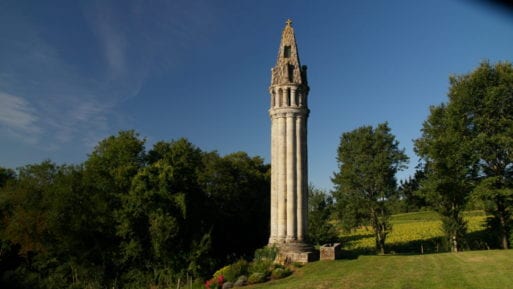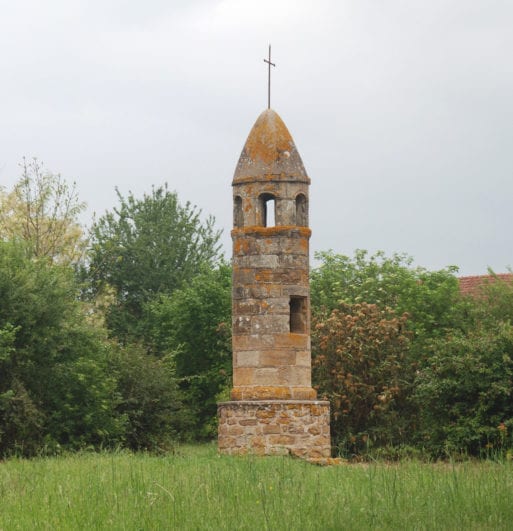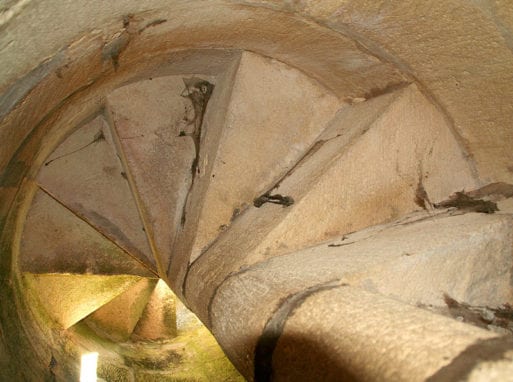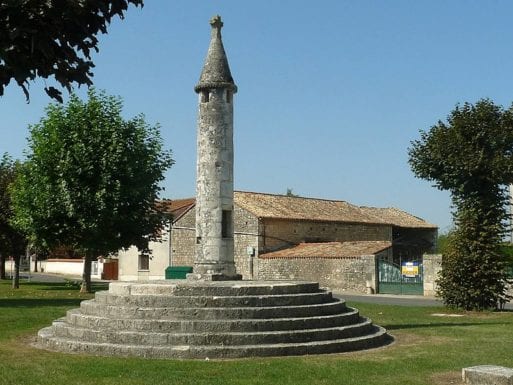
The Lantern of the Dead in Fenioux, southwestern France
Credit: Alain Deliquet / Creative Commons
Imagine gazing out into the distance, toward where your loved one is buried, to see a comforting light winking from a stone tower. This was once the experience of those who lived with “Lanterns of the Dead” (or “Lanternes de Morts” in French), which marked the position of cemeteries in western and central France in the 12th and 13th centuries.

The Lantern of the Dead in Culhat, central France
Credit: Romary
Lanterns of the Dead were short towers made of stone columns, and often topped with a cone-shaped cap or turret, and a cross. Lamps were placed in windows on the upper level. The structures most likely drew on primitive Celtic traditions rather than Christian beliefs, according to the Encyclopedia Britannica, and were later replaced with chapels.

The interior of the Lantern of the Dead in Fenioux
Much about the provenance and purpose of these towers remains unknown. Some speculate that Lanterns of the Dead were established to serve as a guide for souls. Others believe they were intended to restrict death’s reach to the walls of the graveyard; while still others say that the lamps could have allowed villagers to obtain light for their fires.

The Lantern of the Dead in Pranzac, southwestern France
As some of the towers are not situated near graveyards, others suggest that their name actually referred to “Lanterns of the Moors,” or “Lanternes de Maures.”

 “Lanterns of the Dead” Once Marked Cemeteries in France
“Lanterns of the Dead” Once Marked Cemeteries in France


 Our Annual Seven Holiday Gifts for Someone Who Is Grieving, 2024 Edition
Our Annual Seven Holiday Gifts for Someone Who Is Grieving, 2024 Edition
 “Making Mobiles” by Karolina Merska
“Making Mobiles” by Karolina Merska
 “Hands Up to the Sky” by Michael Franti & Spearhead
“Hands Up to the Sky” by Michael Franti & Spearhead














